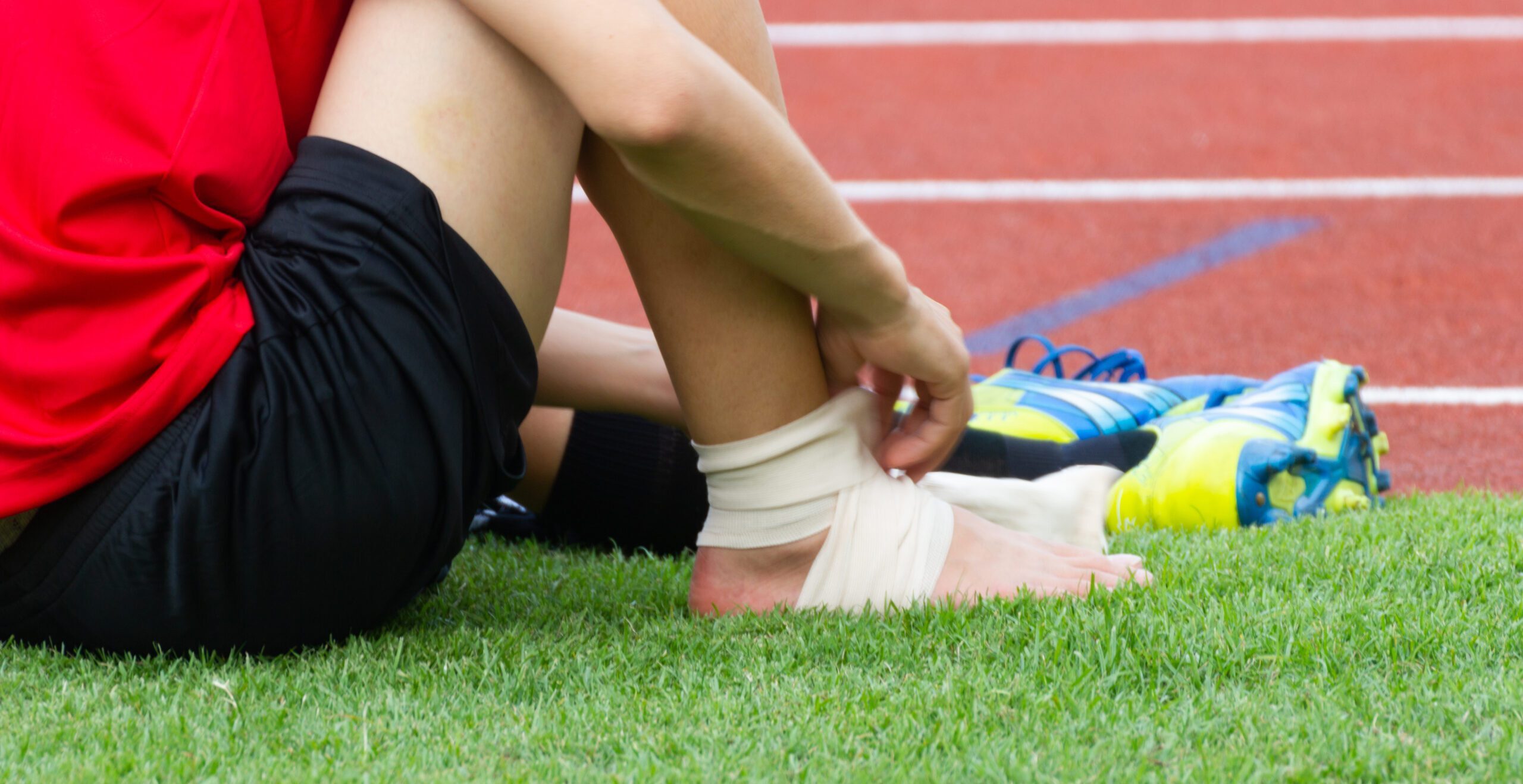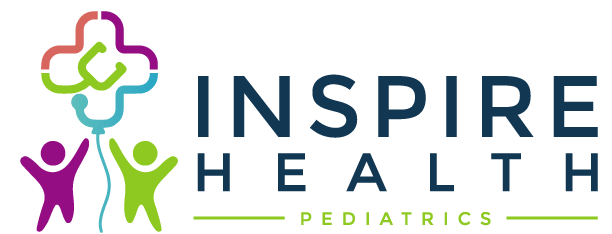
Injury Recovery and Prevention for Children in Youth Sports
Youth sports offer numerous benefits, from physical fitness to teamwork and discipline. However, participating in sports also comes with the risk of injury. Understanding how to prevent injuries and properly manage recovery is crucial for ensuring young athletes can enjoy their activities safely. Let’s explore common injuries in youth sports, effective prevention strategies, and best practices for recovery.
Common Injuries in Youth Sports
Children can sustain various types of injuries depending on the sport they play. Some of the most common injuries include:
- Sprains and strains:
- Sprains involve stretched or torn ligaments, often affecting ankles and wrists.
- Strains involve muscles or tendons, commonly occurring in the hamstrings and lower back.
- Fractures:
- Fractures, or broken bones, are frequent in contact sports and high-impact activities.
- Growth plate injuries:
- These injuries affect the areas of developing tissue at the ends of long bones in growing children and adolescents.
- Concussions:
- Head injuries that temporarily affect brain function, often resulting from collisions or falls.
- Overuse injuries:
- These injuries, such as shin splints or tendonitis, result from repetitive stress on muscles, tendons, or bones.
Prevention Strategies
Preventing injuries in youth sports involves proper training, appropriate equipment, and sensible practices. Here are key strategies to help keep young athletes safe:
- Proper warm-up and cool-down:
- Ensure children perform dynamic stretches and light aerobic exercises to warm up before playing. Cool down with static stretches after activities to prevent muscle stiffness and injuries.
- Use of appropriate gear:
- Make sure children use the right protective gear, such as helmets, pads, and mouthguards, which fit properly and are suitable for their sport.
- Technique and training:
- Emphasize the importance of learning and practicing proper techniques to minimize the risk of injury. Coaches should be trained to teach these techniques effectively.
- Strength and conditioning:
- Implement age-appropriate strength and conditioning programs to build muscle strength, improve flexibility, and enhance overall fitness.
- Adequate rest:
- Encourage sufficient rest and recovery time between practices and games. Overtraining can lead to fatigue and increase the risk of injuries.
- Hydration and nutrition:
- Ensure young athletes stay hydrated and consume a balanced diet to maintain energy levels and support muscle recovery.
Best Practices for Recovery
When injuries occur, following best practices for recovery is essential to ensure a safe and effective return to sports. Here are some key steps:
- Immediate care:
- For acute injuries, use the R.I.C.E. method (Rest, Ice, Compression, Elevation) to manage pain and reduce swelling.
- Seek medical attention:
- Consult with a healthcare professional for a proper diagnosis and treatment plan, especially for severe injuries.
- Follow rehabilitation protocols:
- Adhere to prescribed physical therapy and rehabilitation exercises to restore strength, flexibility, and range of motion.
- Gradual return to activity:
- Gradually reintroduce the child to sports activities, starting with light exercises and progressively increasing intensity under professional guidance.
- Monitor for recurrence:
- Keep an eye on the injury site for any signs of recurring pain or discomfort and seek medical advice if needed.
- Mental and emotional support:
- Support the child emotionally during the recovery process. Injuries can be frustrating, and maintaining a positive outlook is crucial for a successful recovery.
Encouraging a Safe and Enjoyable Sports Experience
The goal of youth sports is to provide a positive, enjoyable experience that promotes physical and mental well-being. By focusing on injury prevention and effective recovery strategies, parents, coaches, and young athletes can work together to create a safe sports environment.
Open communication between parents, coaches, and healthcare professionals is essential for monitoring the child’s health and ensuring they receive the care they need. Educating young athletes about the importance of injury prevention and listening to their bodies can empower them to take an active role in their health and safety.
While injuries in youth sports are inevitable, proper prevention and recovery practices can significantly reduce their impact. By prioritizing safety, promoting good habits, and providing comprehensive support, we can help young athletes thrive in their sports activities and enjoy a healthy, active lifestyle.
